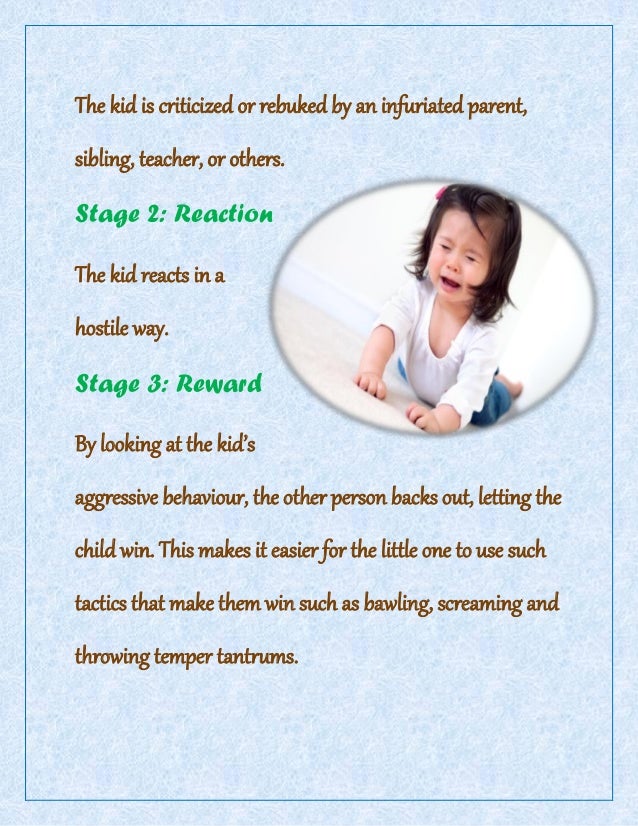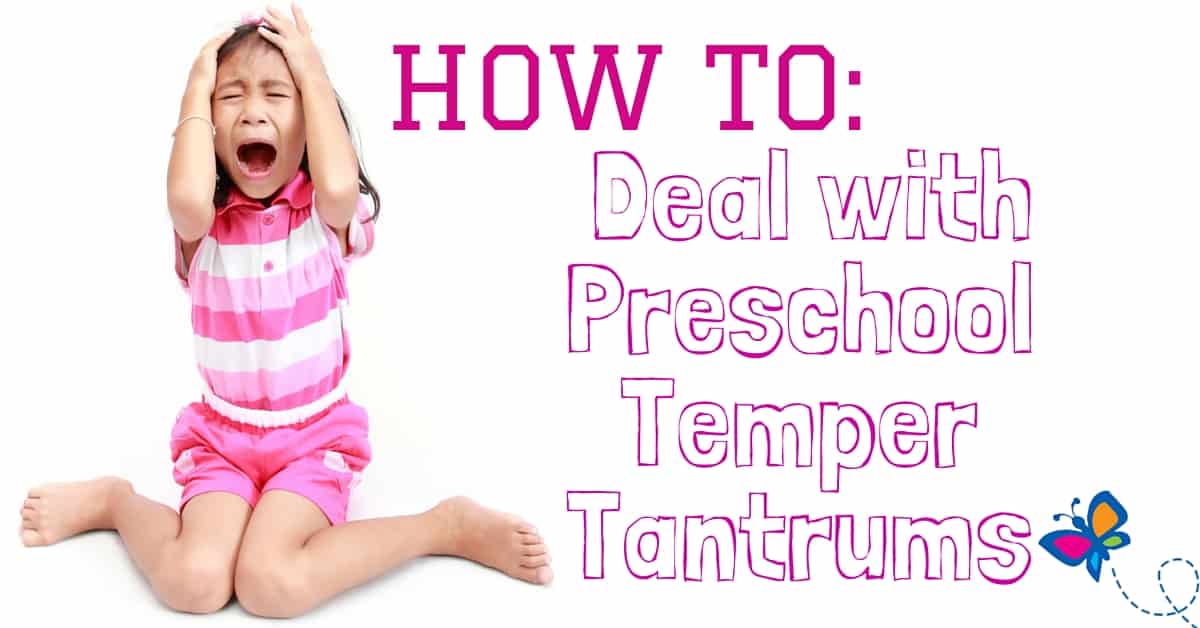Ace Tips About How To Deal With Baby Tantrums

Typically, the best way to respond to a tantrum is to stay calm.
How to deal with baby tantrums. Distraction is also an effective technique. Articles / temper tantrums temper tantrums you may feel exhausted and frustrated when your kid throws a tantrum, but temper tantrums are usually nothing to worry about. You probably feel angry yourself at times, but unlike your child, you can.
Hearing that their tantrum behavior is wrong or trying to reason with them will likely just make them more upset. It may help to remember that. It isn't a skill that they have on their own just yet.
Why do kids have tantrums? Kicking and hitting holding their breath pushing biting going limp throwing items tensing and thrashing their body what is the best way to respond to a tantrum? For instance, they might throw tantrums because it's time to leave the playground.
Remember at this age, your baby will likely need help to calm down. Instead, try to distract your child.
In an empathetic tone, validate their feelings: Give lots of praise when they compromise, try to calm themselves down or do something difficult without a tantrum. Dealing with child behaviour problems.
Does your child become aggressive during a meltdown—hitting, kicking, biting, or. Validating someone's emotions means acknowledging them.
Remember, your child will follow your lead when it comes to handling their anger. Children, especially toddlers, have temper tantrums as part of their normal development. Remember that once your toddler is upset, her brain isn't capable of calming her down.
In the case that you’re unable to prevent a tantrum from happening, it’s absolutely vital that you as the parent, stay calm. Teach your child coping skills by validating how hard it is to feel negative emotions like disappointment, anger, or sadness. Caregivers can respond in ways that help children learn to soothe and regulate themselves.
One of the best ways to teach your toddler emotional regulation is by example. Learn how to deal with behaviour issues and temper tantrums. Your child is the rose.
Quietly go to your child. Let your child be angry. Explain what you want your child to do by saying, “walk next to me and keep your hands to yourself.”


















